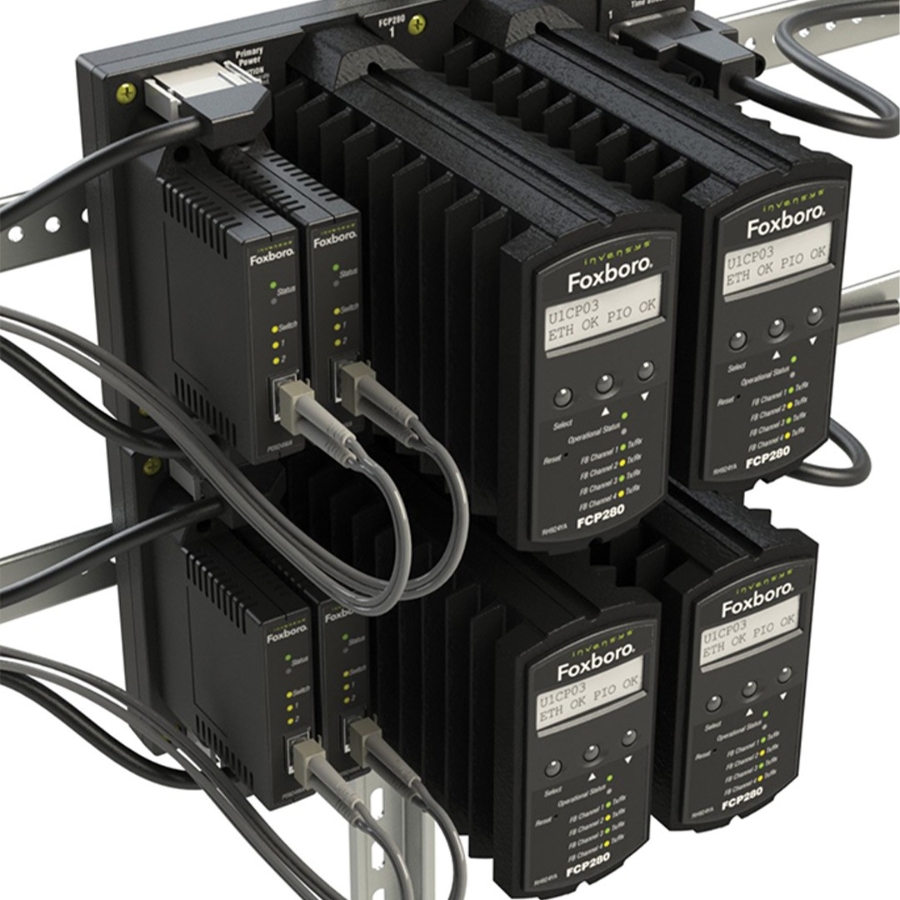What is a field device controller?
A Field Device Controller (FDC) is a device that facilities use in the control of many industrial processes. This is a part of a larger system that consists of sensors, actuators, and other field devices. We can use FDC to control these devices, monitor their status, and respond to any issues that may occur during their operation. Usually, it is microprocessor-based equipment that is capable of executing many advanced algorithms in real-time. The equipped sensors send signals that FDC uses to make decisions based on the collected data. These devices can also send output signals if there’s a need for any adjustments.
What is FCD280?
The Foxboro Field Device Controller 280 is a device that ensures control and communication between single or dual-ported PLCs, drives, and other distributed control devices. It supports EcoStruxure™ Foxboro DCS and operates through either Ethernet or serial interfaces. This equipment can also optimize the integration of control devices in the form of PLCs and increase their flexibility. This translates into reduced system engineering effort, lower installation footprint, and reduced expenses in the form of lower ownership costs.



